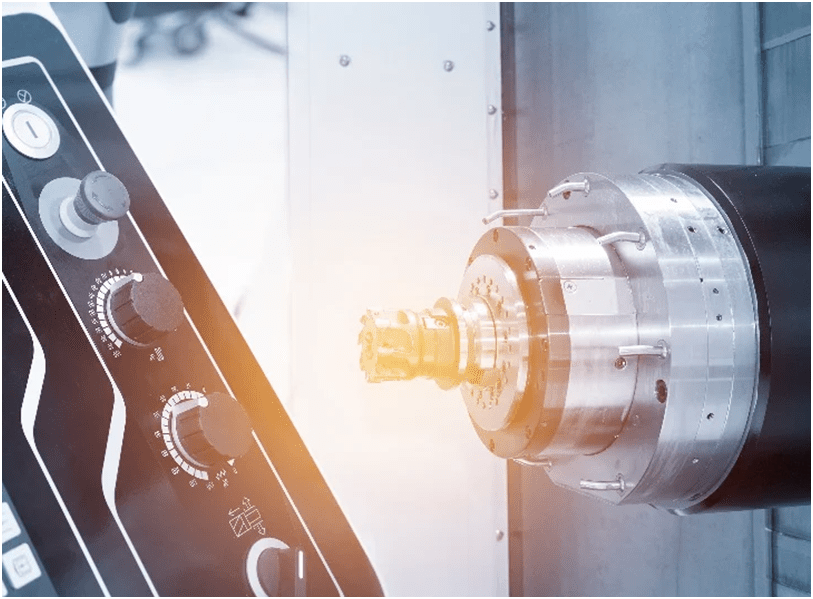How Do CNC Machines Maintain Their Accuracy?
When it comes to rapid prototypes and end-of-life components, metal machining requires high levels of precision. If any deviation from your design is present, the mechanical performance of a component will not be affected. The component must be completely free of any deviations from your original design.
Because of technological advancements, metal CNC machining components are now more precise than ever before. Computers can generate cutting tool trajectories with an accuracy of the micrometer, therefore human error is fully eliminated from the production process. Precision metal cutting is feasible with this technology as long as the CNC machine is properly equipped.
When determining the precision of metal machining operations, the following factors must be taken into account. Accuracy needs may differ from one circumstance to the next depending on factors such as the quality of the equipment, the materials utilized, and the ambient temperature. Confusion might arise due to a wide range of varying accuracy standards among customers. Precision metal machining is the subject of this essay, and it will teach you all you need to know about the accuracy, precision, and tolerance.
The terms accuracyand precision, which are often used interchangeably in the business, are distinct in the context of machining technology. As a result, being able to understand the lingo utilized is critical. The degree to which the dimensions specified in the design criteria may be accomplished by the machine under discussion is specifically described as accuracy in the context of auto CNC machining operations. The accuracy of a machine is measured by its ability to cut precisely where a design says that it should. Accuracy is defined as striking the target in the majority of situations at the proper place, even if a shot misses.

On the other hand, a well-trained CNC machine is capable of much more than just reaching the goal on average. It’s the consistency of measurements over several attempts or multiple copies of the same item that determines how accurate a machining process is. In order to achieve high levels of accuracy and precision, the machine was subjected to 100 exact replications of a component hit in the same location. The “spot” on the design does not matter nearly as much when comparing precision and accuracy as it does when comparing precision and accuracy. Any millimeters that a machine frequently misses out on the target are thought to be very precise. As a result, it’s critical that your work is always precise and correct.
In order to be called precise, you must consistently hit the coordinates in the design across a large number of units of measurement. This is what is meant by the term precise. The machining industry uses the term precision toleranceto describe the variation between two or more subsequent cuts.
Accuracy is more important than precision since it is a value that the customer places on it, rather than a feature of the equipment. The client must describe explicitly what must be very consistent between units, indicating that only the lowest level of difference between each unit is permissible. As a result of this state, the machine must be operated more slowly and with more attention in order to avoid damage. It is possible to speed up the machining process by tightening the tolerances on non-mechanical aspects of the process, such as surface treatments.
Tolerances are commonly advertised in terms of standard and lowest possible tolerances, despite the fact that consumers pick the tolerance. This is contrary to popular opinion. The accuracy of a CNC machine may be affected by a variety of factors, including the quality of the machine’s manufacturer and the quality of the machinist who operates it..
A well-built machine with high-quality components often produces more exact parts than a low-quality machine, despite the higher initial cost. If a CNC machine is to remain accurate, it must be kept in good working order at all times. As a result, frequent maintenance is required.
Precision in a CNC machine may be impacted if the cutting tools are not properly maintained. Precision in a CNC machine is lowered when the cutting tool wear symptoms, such as flanker, are present. Another factor that contributes to decreased accuracy is higher cutting temperatures, which are caused by employing dull instruments.
Machine probes may be used by a machinist to check whether or not the machine is cutting accurately during a particular work. Long-term accuracy can be improved by making use of them to correct any errors that occur during the process.
